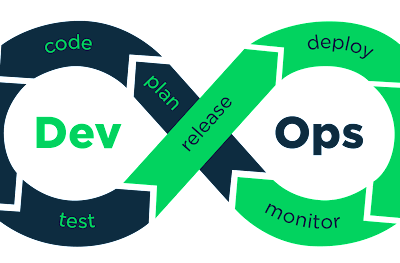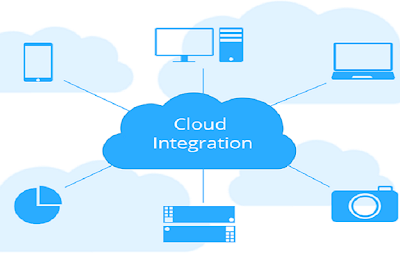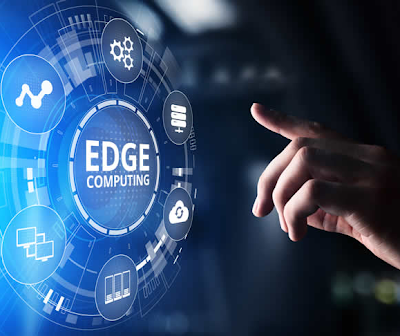The technology we know today has changed a lot when compared to the past five years. Technology like cloud computing has entirely revolutionized the way of business. Over the years, many new technologies related to cloud computing have emerged.
Cloud computing is very advantageous for businesses worldwide as it reduces the expenditure of IT departments by providing a private or public server for computing. It also provides data security and does not need separate space for setting up complex servers.
For effective cloud utilization, there is constant change happening in cloud technology. We will discuss the six emerging technologies in cloud computing that will revolutionize computing worldwide.
What are the Uses of Cloud Computing?
Cloud computing is used by many organizations to enhance their ability to achieve goals. Moreover, it helps in cost reduction, optimal use of available resources, and provides flexibility for data storage facilities. Additionally, it is also used as Infrastructure-as-a-Service (IaaS) and Platform-as-a-Service (Paas) according to the organization’s needs.
Hybrid cloud and multi-clouding are a mixture of the private and public clouds into a single and flexible infrastructure. Many organizations use cloud computing in test and development environments. Moreover, cloud computing also helps organizations in big data analysis. Big data analysis is used by retailers to understand buying patterns of customers and other insights.
6 Emerging Technologies That Make Cloud Superior
In this present era, cloud computing is very frequently used by organizations. The constant use of cloud computing leads to the development of new technologies. We have sorted out the technologies that make cloud computing superior.
Serverless:
Gone are the days, when the IT industry had to use complex hardware and software programs. It was only possible due to cloud computing. Due to cloud computing, the organization does not require separate buildings for servers and extra manpower for handling these servers. It saves a lot of cost and time.

As you know, the provider of the cloud computing service allows an organization to use their servers as their own. In simple words, an organization can either use pay-as-you-go or pay-for-use computing models to bear the burden of their organization’s needs.
DevOps:
Another technology that is going to boost cloud computing is DevOps.in DevOps, two teams with different backgrounds and expertise are put together to achieve a common goal. This tool acts as a bridge between two completely different work cultures.

DevOps is a collaboration of developers and operations, develops code, and operations work on metrics. Collectively they can create any software program without any hassle. Other programs of DevOps such as DevOps tools & resources, DevSecOps for security integration, and others make it more special.
Microservices:
Handling a huge problem as a whole is considered an old-fashioned approach in today’s era. Componentization is the new way of doing things. Microservices is also one of the most liked services of cloud computing, it is a process of breaking a large application into smaller units or components to deliver faster services.

A monolithic application is broken into small, joined services or components with the help of a microservice architecture. This approach helps to divide the work among different teams, making them work on the same application simultaneously which saves time. Furthermore, it helps to provide continuous services and also deliver services fastly.
Containers:
The packages of software that carry all the bare necessities to run in any environment are called containers. In simple words, containers can run from a private data center to the public cloud or developer’s personal computer by virtualizing the operating system. Everything at Google uses containers to run such as google search, youtube, etc.

In the IT industry, the use of containers has helped organizations increase the speed of delivery which is very vital. Traditional virtual machines (VM) hold their main operating system, while the container is a lightweight software packaging method that uses a piece of software and runs between servers.
Internet of Things (IoT):
Internet of Things or IoT is a massive system that is interrelated to various computing devices. These devices can be mechanical or digital machines, objects, animals, or people that have their own unique identities (UIDs). Moreover, these devices have the ability to transfer data from human to human or human to computer interaction.

Today, IoT devices have surrounded us through the fitness tracker as our wristwatches, smart home devices such as Google and Alexa, and self-driving automobiles. These all devices involve a large amount of data and the whole data is processed through the cloud.
Artificial Intelligence:
The next-generation technology of Artificial Intelligence is meant to represent the present-day technology differently. The decisions made by Artificial Intelligence are independent of humans. In the upcoming years, the market will be dominated by AI.
AI applications are complex to create as they require more data and programming. Every organization can’t create its own Artificial Intelligence. It is where the role of cloud computing comes in.

The organizations unable to create Artificial intelligence are looking at cloud computing as a solution. As machine learning and other essential learning tools can be accessed through cloud computing by organizations.
Conclusion:
With time, cloud computing has changed a lot from its original form, and with the changing needs of the organizations and the IT industry, it will evolve in the future as well. Before cloud computing, it was hard for organizations to set up their IT department. They had to purchase servers, and computer equipment and had to hire manpower to maintain the IT department, which was costly and time-consuming.
However, with cloud computing, now organizations can purchase plans according to their requirements. Cloud computing is a very economic and time-saving solution. The biggest advantage of cloud computing is that it is serverless and uses containers for the transfer of data which is very fast when compared to traditional methods.
Microservices are something that has changed the way of handling applications completely. Thus, these were the emerging technologies that made cloud computing superior. We wish that this article was helpful for you to understand the technologies of cloud computing.





